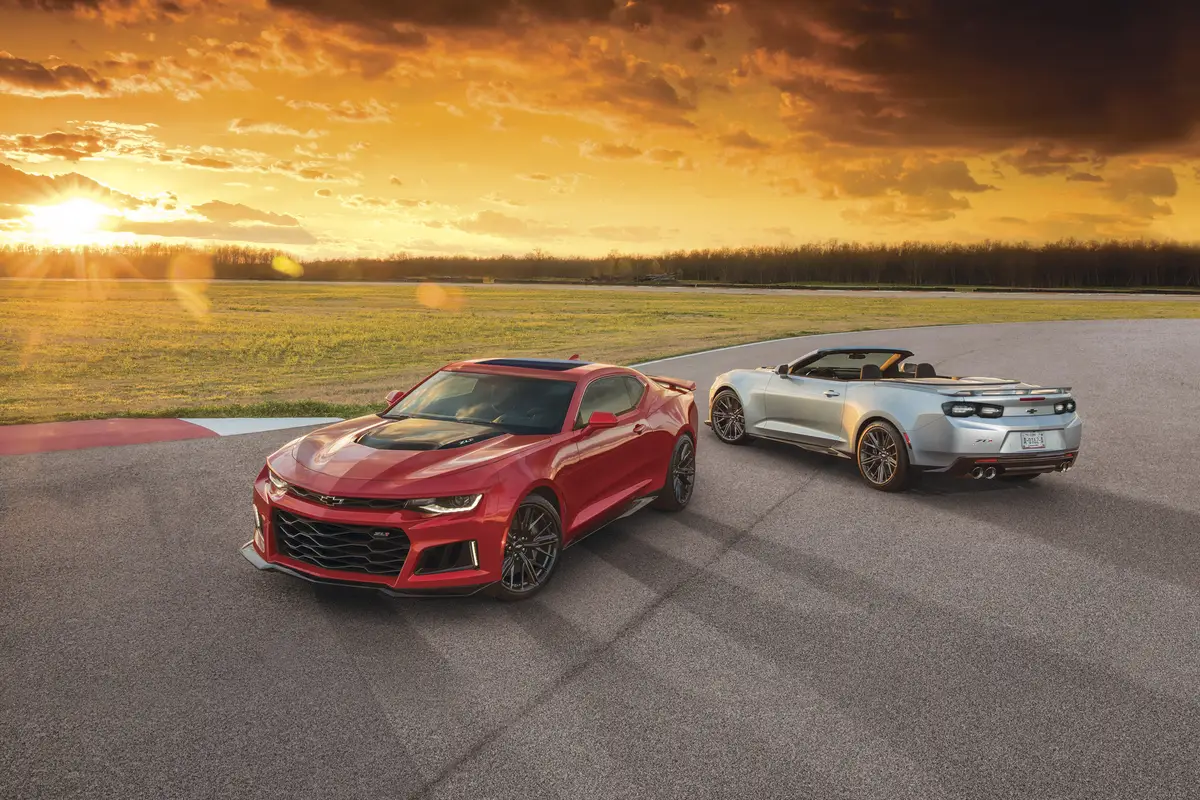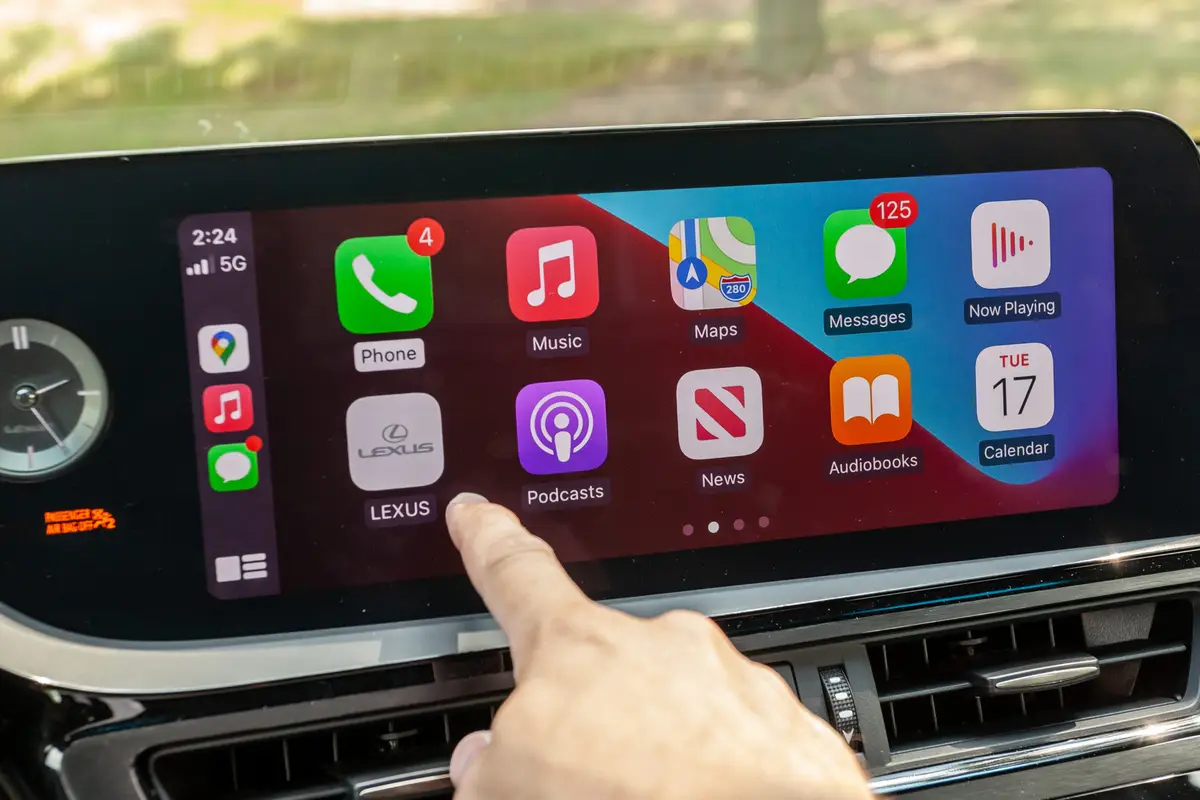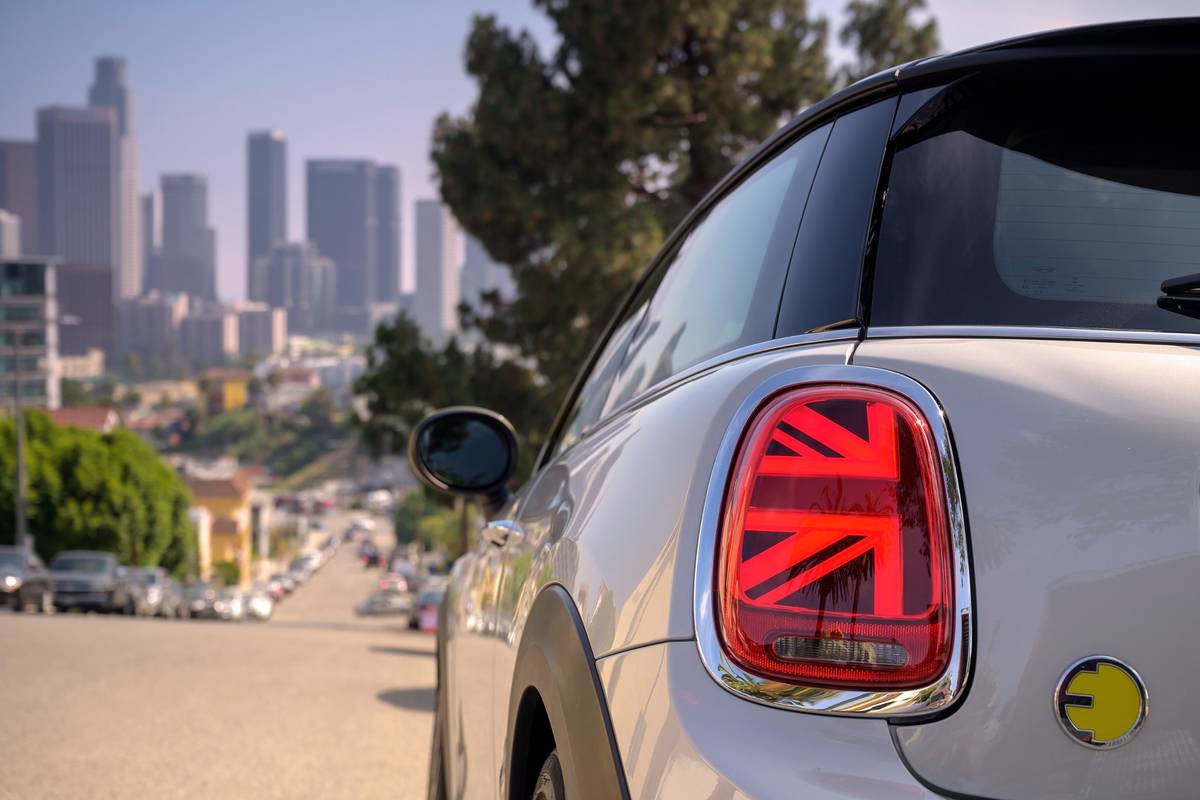Video: 2020 Mini Cooper SE Hardtop: Review
By Cars.com Editors
May 28, 2020
Share
About the video
We've been told to expect an onslaught of new models of battery-electric vehicles in the U.S. market, and one of the most intriguing so far has to be the all-new 2020 Mini Cooper SE Hardtop. Watch our video to find out why.
Transcript
(upbeat electronic music) We've been told to expect a jillion new models of battery electric vehicles in the US market, of all body styles, all sizes.
And one of the most intriguing so far has to be the 2020 Mini Cooper SE hardtop two-door in all electric form. Why is it so intriguing? Well, for one thing, Mini promises that drivability for which Mini is known. It also happens to be, oddly from Mini, what could be one of the most affordable all electric vehicles on the market, with the starting price below $31,000 before any kind of incentives. Now, why is that? It might be because of another thing that makes it stand out, which is it is not one of the many vehicles that's shooting for 200-plus miles of range. It has an EPA estimated 110 miles of range. Now, if you're thinking, oh, forget about it, it's out of consideration for me. It's possible you're doing it wrong. We'll get into that in a minute, but first let's take a look at how it drives, and if it really delivers on the Mini promise. So what's it like to drive an all electric Mini Cooper SE hardtop? Well, it's like driving a lot of electric cars. See if you can tell by what's happening outside the windows how quick it is off the line. Here we go. Pretty good. The electric motor has a 181 horsepower, that's quite good. I mean, it's exceptionally responsive, especially by today's standards, because it seems like with all the high gear count transmissions nowadays, regular cars are getting slower and slower to respond when you step on that accelerator pedal. So in that regard, it responds immediately. And there's a lot of torque available when you do so. Mini says that the vehicle does zero to sixty in just under seven seconds. And it does feel like that. But nowadays that's not a super impressive number. It's much more impressive how responsive it is at any point in that range up to sixty, like any point I hit the pedal, it really throws me back in my seat. And that's one of the great, great advantages of electric motors when they're done right. It's not all electric cars, but when they're done right, they give you a real kick. So that alone is an excellent part of it. The other part I like about it is that it has a very easily accessible adjustment for the regenerative braking. And regenerative braking is in all electric and hybrid vehicles. It's the system whereby when you let off the accelerator and, or hit the brakes, the motor essentially turns into a generator, and turns your inertia into electricity and puts it back in the battery. It's one of the reasons electrics can be so efficient. And the neat thing about having a selector like this button, which is right here, is you can choose whether you have a light regeneration, it's a little bit more like a conventional car, or heavy regeneration so you can drive with one foot. Some electric cars that have an adjustable regenerative braking system have paddles and it can be a little bit weird. You'll make a change and it may or may not stay when you drive a few seconds, or come to a stop and then start again. It might default. I think this is a good way to go where you just make your choice. Now with this more aggressive regenerative braking, when you let off the accelerator, it will just, it's almost as if you're stepping on the brake and it does slow the car enough that it will put the brake lights on. That's how much breaking it gives you. And I think one of the big advantages of having this one pedal driving is it takes away some of the negative aspects of driving any electric or hybrid car, which is that, let's be honest, the brake pedal feels a little bit weird. Even when it's done well, and it's done reasonably well here, it doesn't feel quite as linear as it does in a normal or conventional car with conventional hydraulic brakes. In this car, you get pretty used to it when you're using the regenerative part of the braking, but then when it makes that transition to where the brake pads are actually grabbing the discs, it's starts to feel a little bit mushy. It's not quite as good in terms of feedback and linearity as we've come to expect from a good conventional system. Now, here I am checking out the handling a bit, and it's an obvious question in a Mini Cooper, it's a car that's, you know, frequently, you know, equated to a go-kart, go-cart handling. Does it feel like a go-cart? Well, it's actually quite good. I do like the handling in this vehicle, but one of the things I'm noticing about it is that it feels heavy, and it is heavy. It's about 300 pounds heavier than the non-electric equivalent, which is to be expected because battery packs are heavy. Now that battery pack adds weight low, which is great. It gives it a lower center of gravity. And I think overall Mini Coopers tend to feel substantial, and they aren't light vehicles to begin with. And that was always a positive. But in the case of the electric, when I'm pushing it a little bit harder, I'm always feeling how heavy it is. Now here's a good example of where I feel the weight of the car, like on a sweeper like this on-ramp. I mean, the grip is good. The balance is reasonably good, actually probably a little bit better than the gas powered version because there's more weight in the back. It's not all in the front, but I still, I really feel the weight in the car in this circumstance. Another thing to note is that there are driving modes, and there is a sport. That seems to firm up the steering a little bit, and it makes the accelerator pedal much more sensitive. And then you can cycle through, by pushing down. Mid, which is just a normal driving mode, green, which is more efficient, and again, each step down makes the accelerator pedal a little bit less sensitive, and then green plus, is maximum range without comfort functions is how they describe it, which is where it kind of backs off on the air conditioning, and the heat, and stuff like that. So at cars.com we tend to test the vehicles like normal cars just to see how they deliver in that circumstance. Overall, the Cooper SE hardtop is a lot like the Cooper S inside. the E stands for electric, and notably the battery pack doesn't rob any space from either the cabin or the cargo area, which is good because there isn't much to begin with. Mini accomplished this by raising the car more than a half an inch to accommodate the pack. Our test car is the iconic trim level that raises the price by $7,000. I was disappointed that the wireless charging pad under the center arm rest wasn't large enough for all smartphones in their cases. When it comes to charging the car itself, a supplied 120 volt cord won't be of much help because it adds only about three to four miles of range for every hour it's plugged in. You'll need 240 volt level two, home charging with 32 amps of current, sold separately, to add about 26 miles of range on average, every hour. Filling a depleted battery in just over four hours. Mini has partnered with amazon.com to get shoppers going on the installation. The cost of which depends on your living situation. The Mini SE also comes standard with DC fast charging capability at a rate of 50 kilowatts, which amounts to an 80% charge in no less than 35 minutes. I started a fast charging session near my home, and was surprised when the instrument panel said it would take almost two hours to complete. It turned out that this charger was limited to 24 kilowatts, not 50 kilowatts. So 32 minutes, and more than $3 bought me only 37 miles of range. I found a DC fast charger online designated as 50 kilowatts, but when I tried that one, it didn't work at all. This kind of thing happens. And both of these examples reinforce why we tell shoppers not to buy an EV expecting to rely on public charging. Our one quick charge session cost almost nine cents per mile. Charging at home was just over three cents per mile. That's where the EV advantage is. And the smart shopper doesn't overestimate the range requirement either. People tend to think they need their EV to have the range of a gas powered car that gets fueled every week or so at a gas station. But an EV, if you're doing it right, gets charged at home overnight, meaning the Mini's 110 mile daily range should be more than adequate, especially if your household also has a conventional car that can be used for longer trips. One thing that's interesting about the Mini Cooper hardtop as an electric car, is that it comes at a time when automakers are actually throwing a lot more of what Americans supposedly want on the market in electric form ,like SUV's and larger vehicles, where this is more what we used to think of when we thought of electrics. A little runabout. It has two doors. The backseat is what we call an occasional backseat, which is another way of saying it's not that usable, but it is fun. It is priced pretty affordably. And if you think very clearly about what your needs are, and you're realistic about them, it might actually be the right choice for you. It's all a matter of figuring out what you need, and thinking about miles per day, not miles per charge.
Featured stories

By Jared Gall
August 6, 2025

By Cars.com Editors
July 21, 2025

By Jennifer Geiger
July 1, 2025
